simulate this circuit – Schematic created using CircuitLab
When you see "resonating capacitance = 15nf", there is implied an associated resonating inductor. The capacitor and inductor combine to resonate at 44000 Hz. It is very unlikely that C1 and L1 and R1 are actual physical components.
I'm assuming that "Resonant resistance" is in a series circuit, since a parallel resistance with that capacitor describes a network that is not particularly resonant:
simulate this circuit
So which is it...
- a parallel "resonant" circuit?
- a series resonant circuit?
- or something more complex?
You gain some more insight by measuring with DC, as an ohmmeter does.
As for something more complex, consider the simplified model (below) for a loudspeaker transducer. It does display a resonance at low frequency, yet an ohmmeter will measure about 6 ohms. Note that this model is incomplete - at higher audio frequency, this model deviates from reality. And the elements that convert electrical energy to acoustic energy are missing.
simulate this circuit
Another "more complex" model of a resonant transducer is sometimes used to describe a piezo-electric ceramic element:
simulate this circuit
In this case, resonance usually describes the series arm of R1, C2, L1. A measurement of transducer reactance at a much lower frequency than resonance gives a capacitive susceptance dominated by C1. C1 > C2....for the piezo properties of a crystal, the factor might be 100 - 250.
TLDR: The simple series circuit (top of answer) is the more likely model - a slightly resonant series circuit. Be aware that this simple model needs many more elements to properly describe how your acoustic transducer outputs acoustic energy from electrical energy.




